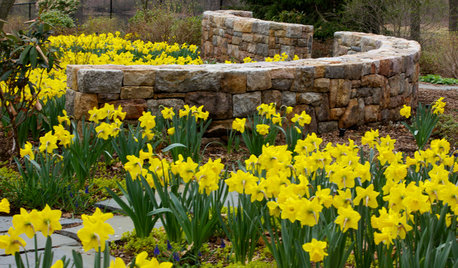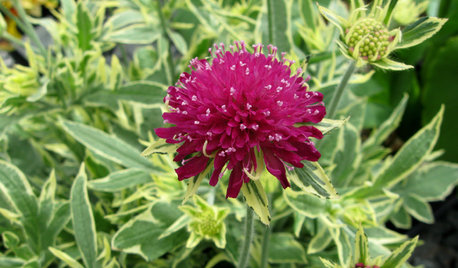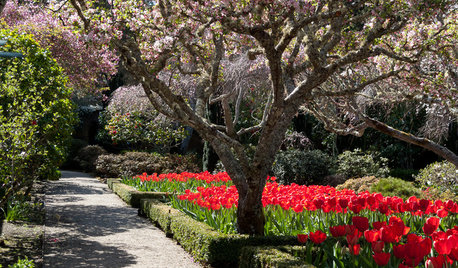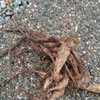crocuses/grape hyacinths - success rate
posierosie_zone7a
10 years ago
Related Stories

FALL GARDENINGReflecting on a Gardening Year
Mistakes and successes, surprises and comforts. The garden helps us grow in new ways every year
Full Story
GARDENING GUIDES10 Beautiful Ways to Landscape With Bulbs
Planting bulbs wisely in fall can turn a spring garden glorious with joyful colors and profuse blooms that last through summer
Full Story
GARDENING FOR BUTTERFLIESGreat Design Plant: Thunder and Lightning for Midsummer Garden Color
Get over the mouthful of a name; focus on the dramatic foliage and gorgeous magenta flowers of Thunder and Lightning field scabious
Full Story
PLANTING IDEASEasygoing Tulip Ideas From a Grand California Garden
Gather up these ways to use tulips to make a spring garden of any size overflow with beauty
Full Story






carol23_gw
posierosie_zone7aOriginal Author
Related Professionals
Kyle Landscape Architects & Landscape Designers · La Marque Landscape Architects & Landscape Designers · Saint Louis Park Landscape Architects & Landscape Designers · Summit Landscape Architects & Landscape Designers · West Chester Landscape Architects & Landscape Designers · Edmond Landscape Contractors · Maple Valley Landscape Contractors · Beachwood Landscape Contractors · Berkley Landscape Contractors · Hicksville Landscape Contractors · Oak Forest Landscape Contractors · Pahrump Landscape Contractors · Plainview Landscape Contractors · Rancho Santa Margarita Landscape Contractors · Wickliffe Landscape Contractorsfloral_uk z.8/9 SW UK
ontnative
katob Z6ish, NE Pa
edlincoln
floral_uk z.8/9 SW UK
princessgrace79
kittybouquet
posierosie_zone7aOriginal Author
posierosie_zone7aOriginal Author
edlincoln
posierosie_zone7aOriginal Author
dbarron
posierosie_zone7aOriginal Author
posierosie_zone7aOriginal Author
posierosie_zone7aOriginal Author
posierosie_zone7aOriginal Author
gardenfullofswallowtails
geoforce